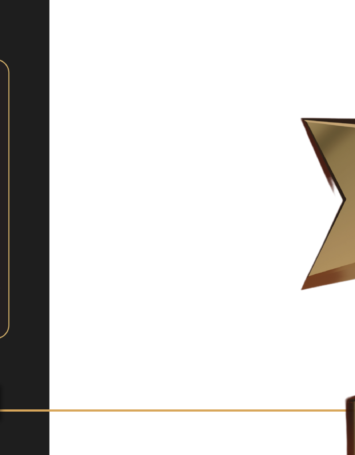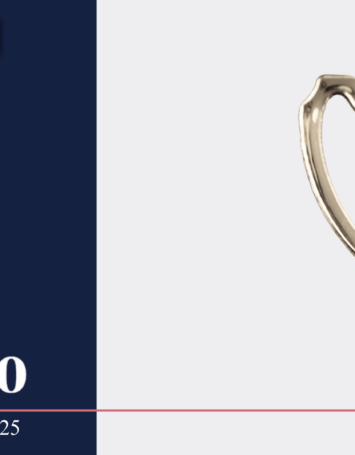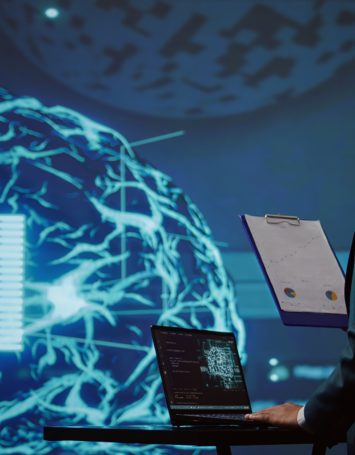Article written by Daniel Melman and Sarah Benowich
Just months after the United States Supreme Court decided the much-discussed case of Google LLC v. Oracle Am., Inc., 141 S. Ct. 1183 (2021) (“Google”), excusing Google’s copying of Oracle’s API code as fair use, the next big copyright software case is pending before the United States Court of Appeals for the Federal Circuit in SAS Institute Inc. v. World Programming Ltd., Case No. 2021-1542 (“SAS v. WPL”). Significantly, in the Google case the Supreme Court avoided deciding the thornier question of whether Oracle’s API code was deserving of copyright protection; however, in SAS v. WPL – which has already garnered significant interest and prompted numerous amicus briefs – this software copyrightability issue is front-and-center. The appellate court’s decision, expected sometime in the first half of 2022, is a key case to watch in a fluid area of the law.
SAS Institute Inc. (“SAS”), a US-based multinational developer of analytics software, sued World Programming Limited (“WPL”), a UK-based software developer, for copyright infringement of its “SAS System” that enables users to perform a variety of tasks related to data access, data management, data analysis (including statistical analysis), and data presentation. The software at issue has been described as a programming language that consists of functions and options used to produce formatted reports. SAS did not accuse WPL of copying lines of software code per se, but instead it alleged that WPL copied the functionality and use of SAS’s coding language. SAS accused WPL of designing its software to execute the same input procedure used in the SAS System and to produce equivalent outputs. In fact, WPL had claimed that it had “cloned” the SAS System.
In the Federal Circuit, SAS is appealing from the district court’s decision dismissing SAS’s copyright infringement claims as a matter of law, on the “eve of a jury trial” and following a unique “copyrightability hearing.” The United States District Court for the Eastern District of Texas ruled that, notwithstanding SAS’s copyright registrations, its SAS System software was not entitled to copyright protection.
The various courts of appeal around the country follow a slightly different analysis to determine which elements of software are copyrightable. The Fifth Circuit Court of Appeals, which encompasses the Eastern District of Texas, follows the “Abstraction-Filtration-Comparison” or Altai test, first articulated by the Second Circuit. See Eng’g Dynamics, Inc. v. Structural Software, Inc., 26 F.3d 1335, 1341 (5th Cir. 1994) (adopting Computer Assocs. Int’l, Inc. v. Altai, Inc., 982 F.2d 693, 706 (2d Cir. 1992)). Under this test, the court seeks to “filter” out those elements of the software that are unprotectable because, for example, they constitute “ideas, facts, information in the public domain, merger material, and scènes à faire.” See Eng’g Dynamics, 26 F.3d at 1344. At its core, the Altai test endeavors to distinguish ideas, which are not copyrightable, from the creative expression of those ideas, which are copyrightable. This is generally considered a legal question for the judge to decide, rather than a factual question for the jury, which is tasked with considering infringement.
In SAS, the district court held that SAS’s software was not eligible for copyright protection. The district court concluded that after filtering out the elements that “were in the public domain”; “factual and data elements”; “mathematical and statistical elements”; “process, system, and method elements”; and other “well-known and conventional display elements, such as tables, graphs, plots, fonts, colors, and lines,” for example, there were no core creative expressions left to protect. SAS’s appeal, therefore, focuses on the district court’s “filtration” of its software. Notably, because SAS originally included claims of patent infringement in its complaint against WPL (those claims were later dismissed), the appeal of the district court’s decision is before the generally intellectual property ‘friendly’ Federal Circuit, not the Fifth Circuit.
As software developers increasingly turn to copyright for legal protection of their valuable intellectual property, check back with us as we keep a vigilant watch of this important case and other court developments in this evolving area of the law. Pearl Cohen has significant expertise in advising and counseling software companies on all forms of intellectual property protection, including copyright, patent, and trade secret.



